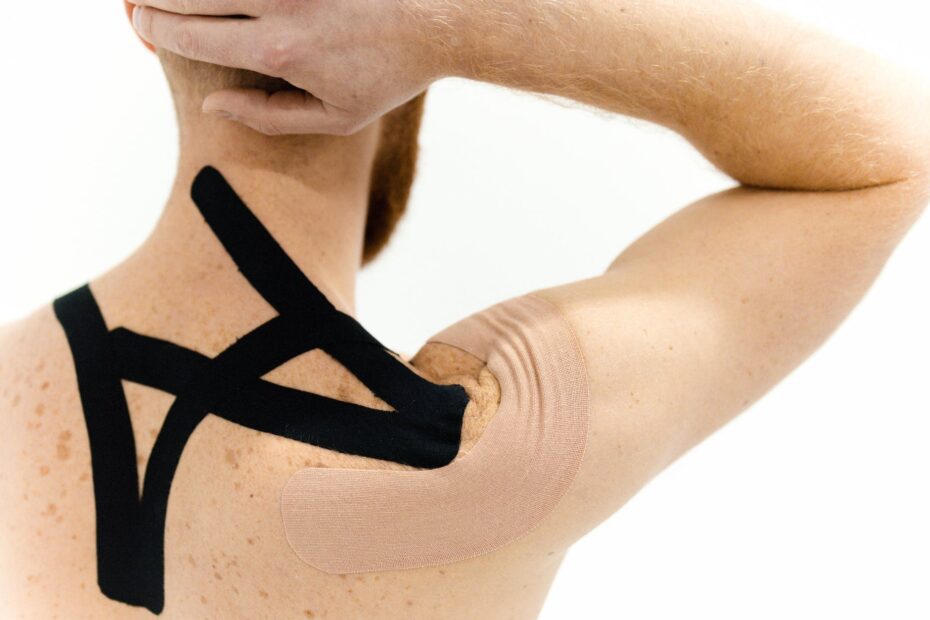Are you tired of dealing with the discomfort and irritation of chafing rash? Look no further! In this ultimate guide, a top dermatologist will share their expert advice on how to effectively treat and prevent chafing rash, so you can say goodbye to this troublesome condition once and for all.
Chafing rash can be a real nuisance, causing redness, itching, and even pain. But with the right knowledge and guidance, you can soothe and heal your skin, restoring comfort and confidence. Our top dermatologist will walk you through the ins and outs of chafing rash, helping you understand its causes, symptoms, and risk factors. You’ll also learn valuable tips on how to identify and differentiate it from other skin conditions.
But that’s not all! This comprehensive guide will also provide you with a range of effective home remedies and treatments. From proper hygiene practices to the use of moisturizers and anti-inflammatory creams, you’ll discover natural and over-the-counter solutions that can bring relief and promote healing. Say goodbye to chafing rash and hello to healthy, happy skin!
Understanding Chafing Rash
Understanding Chafing Rash
Chafing rash is a common skin condition that occurs when friction or rubbing irritates the skin, leading to redness, inflammation, and discomfort. It typically affects areas where skin-to-skin contact or friction occurs, such as the inner thighs, underarms, groin, and buttocks. The primary cause of chafing rash is repetitive motion or friction, which can be exacerbated by moisture and heat.
Common symptoms of chafing rash include redness, tenderness, itching, and a burning sensation. In severe cases, blisters may form, causing further discomfort. Risk factors for developing chafing rash include obesity, excessive sweating, tight clothing, and prolonged physical activity.
To differentiate chafing rash from other skin conditions, it is important to consider the location of the rash, the presence of friction or rubbing, and the absence of other underlying causes. Chafing rash is typically symmetrical and occurs in areas prone to friction.
To prevent and treat chafing rash, it is essential to keep the affected area clean and dry. Applying a barrier cream or powder can help reduce friction and irritation. Wearing loose-fitting clothing made of breathable fabrics can also help minimize friction. If the rash persists or worsens, it is advisable to consult a dermatologist for further evaluation and treatment.
Effective Home Remedies and Treatments
When it comes to treating chafing rash, there are various effective home remedies and treatments that can help soothe and heal your skin. One of the most important remedies is maintaining proper hygiene. Keeping the affected area clean and dry is crucial in preventing further irritation. Additionally, using mild, fragrance-free soaps and avoiding harsh chemicals can help alleviate symptoms.
Moisturizers are another key component in treating chafing rash. Applying a thick layer of moisturizer to the affected area can help soothe dryness and reduce friction. Look for moisturizers that contain ingredients like aloe vera or shea butter, as these can provide additional hydration and promote healing.
In some cases, anti-inflammatory creams may be recommended by your dermatologist. These creams can help reduce redness, swelling, and discomfort associated with chafing rash. Be sure to follow the instructions provided by your healthcare professional and use these creams as directed.
Other remedies that can be beneficial include wearing loose-fitting clothing made of breathable fabrics, using powders or lubricants to reduce friction, and avoiding activities that may further irritate the skin. Remember, everyone’s skin is different, so it’s important to find the remedies and treatments that work best for you.
Frequently Asked Questions
- What is chafing rash?
Chafing rash, also known as friction dermatitis, is a common skin irritation caused by repetitive friction between skin surfaces or skin and clothing. It usually appears as red, inflamed, and sometimes painful patches on the affected area.
- What are the common causes of chafing rash?
Chafing rash can be caused by various factors such as excessive moisture, tight clothing, repetitive movements, obesity, and hot weather conditions. Activities like running, walking, and cycling can also contribute to the development of chafing rash.
- How can I differentiate chafing rash from other skin conditions?
Chafing rash can be distinguished from other skin conditions by its location and appearance. It usually occurs in areas where skin rubs against skin or clothing, such as the inner thighs, underarms, groin, and nipples. The affected skin may appear red, irritated, and may feel sore or itchy.
- Are there any home remedies to soothe chafing rash?
Yes, there are several home remedies that can help soothe chafing rash. These include keeping the affected area clean and dry, applying aloe vera gel or petroleum jelly, using cornstarch or talcum powder to reduce friction, and wearing loose-fitting clothing made of breathable fabrics.
- When should I seek medical attention for chafing rash?
If the chafing rash does not improve with home remedies, becomes infected, or if you experience severe pain, swelling, or pus-filled blisters, it is recommended to seek medical attention. A dermatologist can provide further evaluation and prescribe appropriate treatment.


Keith is originally from Truckton, Colorado. The 54-year-old cared for his overweight wife for many years. Keitch is also a freelance editor at antichafing.net and supports the team as a competent advisor. In his spare time Keith enjoys reading books, visiting his homeland and is a passionate product tester for well-known manufacturers.

